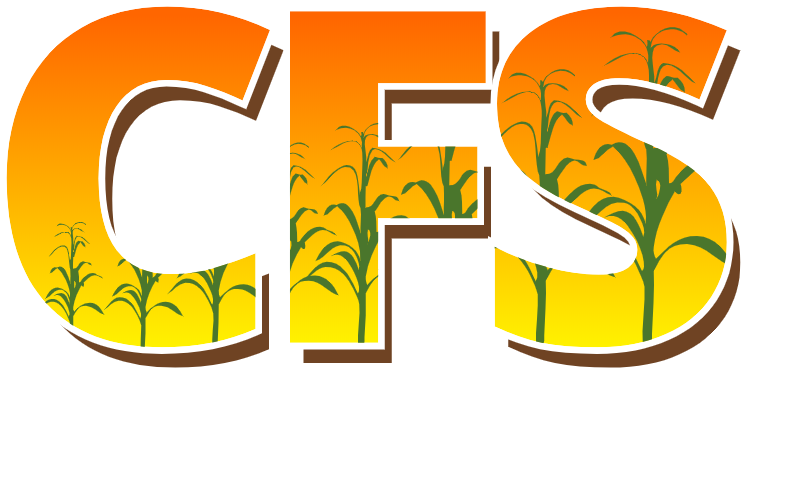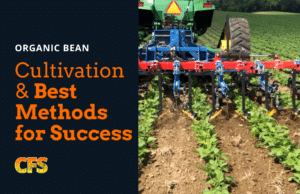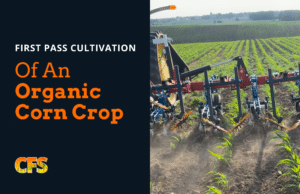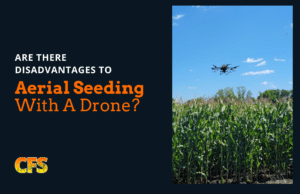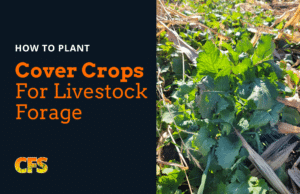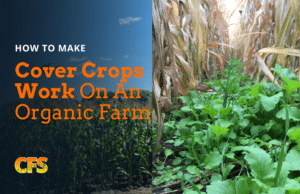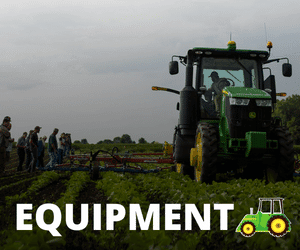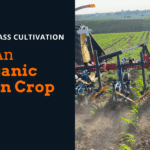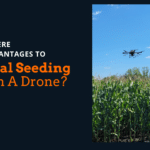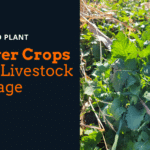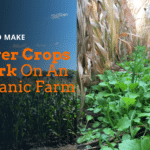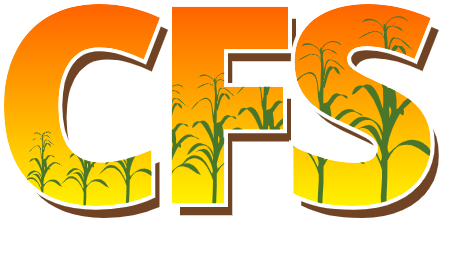Aerial seeding provides many benefits to a farmer. Aerial seeding hasn’t always been feasible, however. Enter custom drone seeding operations. While there are many advantages to aerial seeding, there are some disadvantages depending on the situation and the crop being seeded.
While the benefits of aerial seeding far outweigh most risks, it’s important to consider all the factors, like you would with any farm operation. After all, it’s your bottom line that fuels most decisions.
We’re going to discuss some of the risks that come with aerial seeding, along with a few disadvantages. Crop Fertility Services has had great success aerial seeding cover crops with a drone and we’re excited to offer farmers throughout Minnesota and the Upper Midwest this service.
For a custom aerial seeding quote, contact Brian Halonen of Elevated Ag Solutions / CFS at (320)266-8072.
Risks With Aerial Seeding
The main risk or disadvantages with aerial seeding is that the seed is not being placed into the ground, like it is with a traditional planter. With aerial seeding, because the operation is performed from the air, there is no guarantee that the seed can take hold and germinate like you get with traditional planting operations.
Runoff due to rain events
The risk of seed running off a field, or even moving from rain, is something farmers must consider when choosing to aerial seed a crop. Large rain events can cause damage to any freshly seeded crop, depending on the severity, however with aerial seeded crops the chances increase depending on scenario.
Whenever a crop is being seeded, it’s important that the soil conditions are right to increase the success of germination. Farmers with many hills on their acres need to be aware of potential seeding disadvantages. The risk can be drastically reduced with things such as frost seeding, depending on the crop.
Rain events are actually more of a benefit to the farmer than they are a disadvantage. With that being said, planning to aerial seed a crop right before the biggest rain event of a season in hilly conditions with a high risk of runoff is probably not the best idea. The key to success with aerial seeding is timing it correctly when anticipated rain will aid in soil to seed contact increasing the germination rate of the crop.
Seed is on top of the soil, not in it
When aerial seeding, because the seed is not in the soil itself, the odds of germination can be reduced when compared to traditional planting methods. This is something to be considered, which makes aerial seeding much more effective for non cash crops, such as a cover crop. While this doesn’t limit the benefit of aerial seeding a cover crop, it does make it much less likely that a farmer would ever aerial seed a cash crop.
Windy conditions can reduce even broadcast seeding opportunities
While the benefits of aerial seeding, particularly for cover crops, far outweigh the downside; there is a wind factor that needs to be considered when aerial seeding with a drone.
It’s critical to make sure the conditions are right when deciding which day you’re going to perform an aerial seeding operation. Windy conditions can reduce the chances of an even broadcast seeding across the field, which inhibits the benefit of an aerial seeded crop.
On the flip side, the ability to seed from the air also gives farmers tremendous flexibility with when they decide to seed a particular crop. When traditional seeding, the field conditions must support a tractor and planter, often times rain events dictate when a farmer can enter the field. With an aerial seeding tool such as a drone, we can plan our planting schedule around predicted rain events which presents a significant advantage to the farmer.
Do the risks with aerial seeding outweigh the benefits of it?
There are far more advantages to aerial seeding, especially cover crops, than there are disadvantages. If this is something you’re considering, give Brian Halonen a call or text for a custom seeding quote at (320)266-8072.
Aerial seeding is something that when done correctly, can provide tremendous value to a farmer. Cover crops provide many benefits to both the farmer and the ground they farm. It’s a relatively new farming technique that will change the way crops are grown for years to come. Whether you’re considering aerial seeding after your early season weed control is done for livestock forage, or for the other benefits of a cover crop, consider talking to an expert on the subject. We’d be happy to answer any questions you may have!
